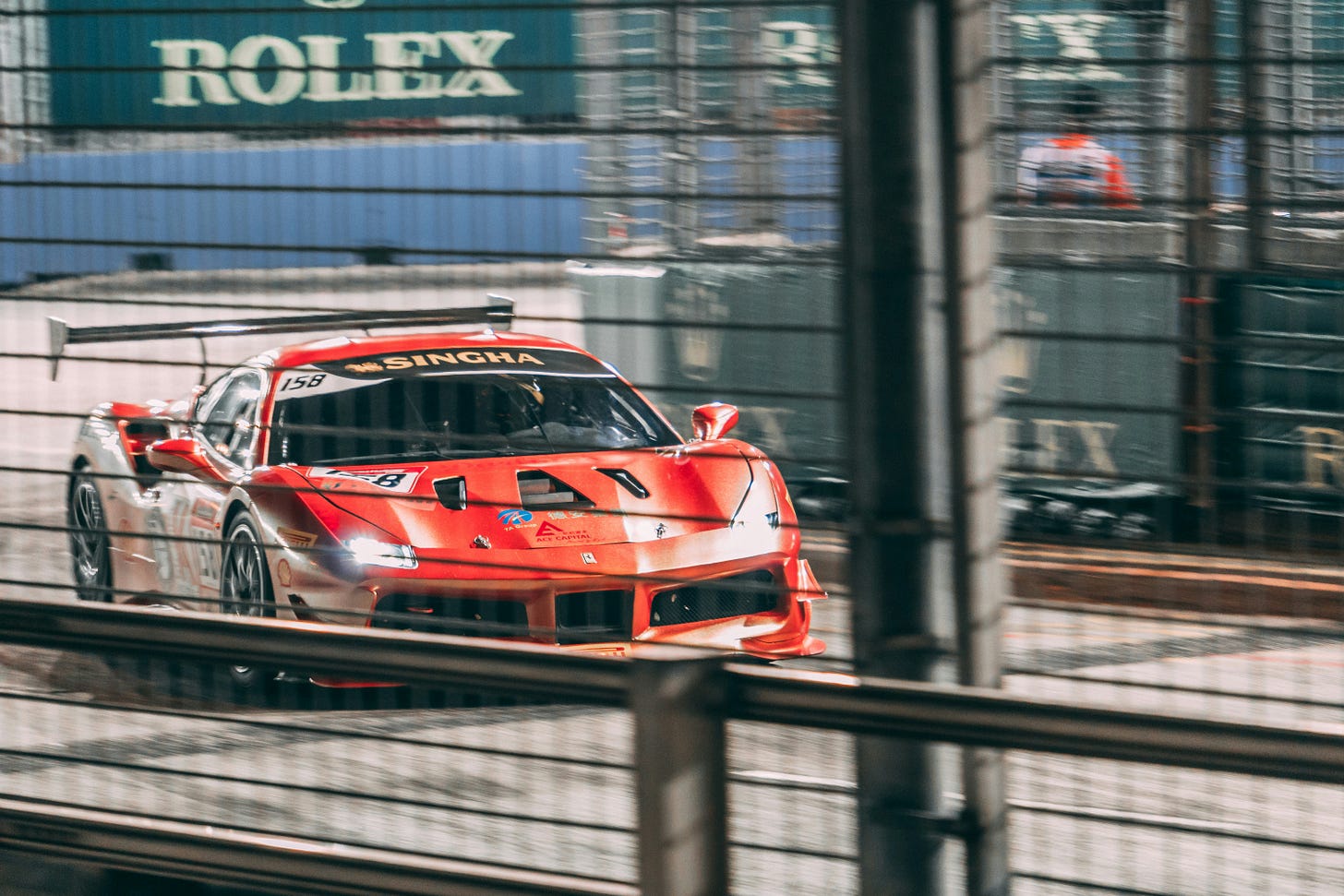F1 Sponsorship Isn’t About Visibility. It’s About Velocity.
As Formula 1 returns to Singapore this October, all eyes will be on the Marina Bay circuit. It’s loud, it’s luminous, and it’s one of the most high-profile sporting spectacles in Asia-Pacific.
But for the real race, it happens off the track — and far beyond race weekend.
“You don’t sponsor a global event like F1 just for impressions. You do it for the cultural momentum it can create,” says Jo-Ann Foo, Senior Director at Analytic Partners.
And she’s right. When brands get sponsorship right, it doesn’t just create buzz. It builds brand memory, mental availability, and measurable long-term impact.
One Weekend vs. One Season: Understand the Game You’re Playing
Unlike season-long platforms like rugby or football, F1 gives you a tighter window — but a much sharper spotlight. It’s high-stakes, high-reach, high-impact.
And here’s where brands get it wrong: they either underestimate the halo effect or underfund the amplification.
If you’re treating it like a three-day campaign, you’ve already lost the plot.
Global partners have presence at every race — building familiarity and mental availability through repetition.
Local sponsors, like those at Singapore’s Grand Prix, have a different brief: use the rare spotlight to create disproportionate attention and cultural relevance.
But both only succeed when backed by strategy, scale and sustained amplification.
“F1 is a cultural canvas, not just a sporting event. The smart brands are the ones who plan far beyond the chequered flag,” Foo adds.
Niche Isn’t a Limitation. It’s a Leverage Point.
F1 used to be a niche sport. Not anymore.
Thanks to Netflix’s Drive to Survive, the fanbase has exploded — younger, more female, more global. In Southeast Asia, that shift is particularly sharp.
The 2024 Global F1 Fan Survey shows that in Asia-Pacific:
80–87% of fans say home races matter most
And social media is now central to the fan experience
This isn’t just about watching the race — it’s about being seen as part of it.
And for marketers? That creates two non-negotiables:
Brand-fit is baseline — if you don’t align, don’t show up.
Social is the ROI multiplier — it extends the moment, builds memory, and drives business.
💡 Analytic Partners’ research shows that paid social can deliver up to 2.1x the ROI of the event activation itself.
For a fanbase that thrives on sharing and social visibility, social is a critical lever in turning fleeting sponsorships into long-term brand value. Yet too many brands just light the fuse, then walk away.
If You Don’t Measure It, You Can’t Defend It
Sponsorships can drive serious growth — but only if you can prove it.
And right now? Most can’t.
“90% of sponsorship investment goes unmeasured,” Foo notes. “And in this environment, that’s a budget killer.”
Impressions and logo views don’t cut it. You need to measure the full activation ecosystem — paid, owned, earned, creative, promo, social.
Brands that do this well are seeing:
$5–10 million in revenue uplift per $10 million spent
2–6x ROI when the sponsorship is embedded in a broader campaign
30% more impact with smart broadcast integrations
So yes, go big. But back it up — or risk losing the business case next time around.
Don’t Sponsor for the Moment. Sponsor for the Multiplier.
The Singapore Grand Prix might last a weekend — but if you play it right, the upside lasts far longer.
When you combine smart investment with smart amplification, F1 stops being a logo play and starts becoming a brand growth engine.
It’s not about showing up. It’s about showing up in a way that earns memory, momentum and measurable return — long after the track has gone quiet.
Where are you playing it safe when you should be scaling impact?
If you’ve dabbled in big-stage sponsorships — or are planning to — what’s holding you back from going bigger, measuring better, or building momentum that lasts?
Come chat to us — we’re always up for decoding what’s working, what’s not, and what’s next.
The CMO Office posts go out weekly but for a more frequent dose of data and expertise follow us on LinkedIn and/or TikTok too.



